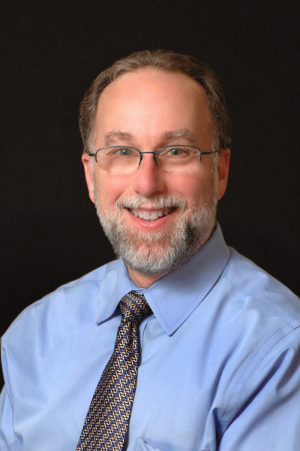by
Gus Iversen, Editor in Chief | June 15, 2018
As the senior director of biomedical engineering at the Children's Hospital of Philadelphia, Andrew Rich oversees a 32-person biomedical department that supports approximately 32,000 devices.
Needless to say, he is no stranger to the challenges hospitals face with managing medical equipment. HealthCare Business News spoke to Rich about current trends impacting the profession, challenges and best practices for acquiring new equipment and what the “Rodney Dangerfield effect” has to do with the current shortage of biomedical engineers.
HCB News: At CHOP, are you seeing the convergence of the IT and biomedical departments?



Ad Statistics
Times Displayed: 46283
Times Visited: 1407 MIT labs, experts in Multi-Vendor component level repair of: MRI Coils, RF amplifiers, Gradient Amplifiers Contrast Media Injectors. System repairs, sub-assembly repairs, component level repairs, refurbish/calibrate. info@mitlabsusa.com/+1 (305) 470-8013
Andrew Rich: Absolutely. There's a long history with biomed departments and where they fit into organizations over the years, and I think we’re witnessing the next iteration of that. As more and more medical devices need to have their information in the patient's EHR, the greater the need and driver for biomeds and IT to work closely together.
As of 2½ years ago, our department reports directly to IT, but that close relationship started several years before as we began doing a lot of device integration projects. Reporting to IT has worked out well.
We needed to support IT in the integration of data from medical devices, which is not cut and dry like other IT devices, but we also needed to build up the relationships and help IT understand what medical devices are, how they're used and the challenges faced with connectivity.
It's not unusual at some hospitals for IT and the biomed department to not know who is responsible for what. That's more the norm, I think, and that's what I tried to avoid by integrating our work with IT. We were able to keep that wedge from being formed, so when an IT project manager wants to bring resources together for integration, we have a seat at the table.
HCB News: How involved are you in capital equipment purchasing?
AR: We're very involved with [the] acquisition of new medical devices. There are many systems we have in place to evaluate those requests, and we're a part of that evaluation process – whether it's a committee-based request or a clinical engineer doing a technical assessment of a device and making recommendations. We're very involved in that.
On the software side, it's more of a shared effort on medical devices between IT and biomed.
HCB News: Do you feel like your department is understaffed or feeling a crunch?
AR: I wouldn't say we're understaffed. We've been staffed appropriately over the years partly because of our support at CHOP and our place within the organization, but our stress level is more related to growth of the organization and keeping up by hiring good, quality people. Having the right staff is more challenging than having enough staff.

